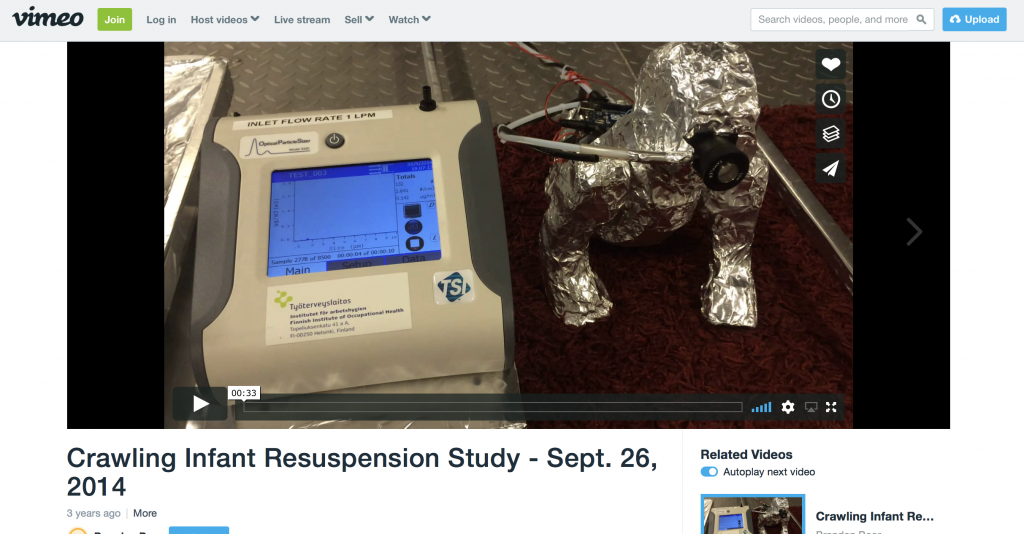Living in a Material World:
Why the Surfaces that Surround You Affect What You Breathe
Richard L. Corsi, Ph.D., The University of Texas at Austin
Environmental & Water Resources Fall Seminar Series
Tuesday, October 3, 12:10 pm, 3102b Ghausi Hall
From infancy to twilight years, the air that we breathe and surfaces that we touch inside buildings have a substantial impact on our lifetime exposure to air pollution, including pollution of outdoor origin. As such, there is value in understanding the processes that affect the sources and fate of air pollutants indoors, with a goal of manipulating these processes to improve the air that we breathe.
An important feature of indoor atmospheres is the relatively large ratio of surface area to volume of air, particularly in comparison to the same ratio for the outdoor atmosphere. From building materials to architectural coatings, flooring to furniture, and HVAC system components to human occupants, indoor surfaces vary considerably from one another and within and between buildings. These surfaces are sources of air pollutants and reservoirs (sinks) onto and into which pollutants adsorb, absorb and persist. They contain reaction sites that permanently remove pollutants while forming others. They also allow for direct contaminant transfer following physical contact. Importantly, indoor materials and their surfaces are dynamic, with changes that occur over time scales of minutes to decades and that can dramatically influence surface interactions with pollutants in indoor air.
This presentation will begin with a discussion of the importance of indoor air quality, including the broader impacts associated with its improvement and the intellectual merit of its continued study. The importance of indoor materials and their impacts on indoor air quality will be explored using several examples from past and ongoing research that reflect different interfacial phenomena and influencing factors. The potential for smart use of materials for improvement of indoor air quality will also be discussed as a rich topic for future research.
There are materials around you that are affecting the amount and nature of pollutants that you are inhaling as you read this abstract. Get to know them.
Richard L. Corsi is a proud graduate of the Department of Civil and Environmental Engineering at UC Davis (MS 1985, PhD 1989). He is a Distinguished Engineering Alumni Medal recipient of the College of Engineering at UC Davis (2016) and was named a Distinguished Alumnus of Humboldt State University in 2006. Dr. Corsi is past Chair of the Department of Civil, Architectural and Environmental Engineering at the University of Texas at Austin and currently holds the Joe J. King Chair in Engineering. His research focuses on sources, fate, human exposure and innovative control strategies related to indoor air quality. In recent years his team has focused significantly on ozone-initiated chemistry and indoor air quality. He serves as Vice-President of the Academy of Fellows of the International Society of Indoor Air Quality and Climate. In 2015, Dr. Corsi was inducted into the University of Texas Academy of Distinguished Teachers (top 5%), and in 2016 he received a Regents Outstanding Teaching Award from the University of Texas System.
I also “Live Tweeted” the talk (i.e., posted to Twitter while the talk was going on) and then collected together the Tweets in a “Storify” which is shown below.
